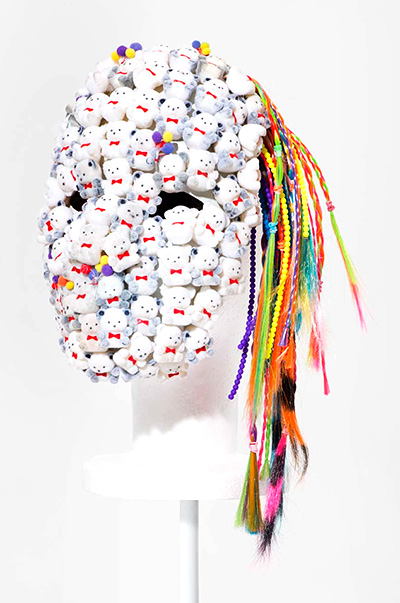In a little over a century, we’ve discovered that what we once thought was the fundamental, smallest unit of matter — the atom — is actually made up of even smaller particles: nuclei and electrons. The nuclei themselves are made of protons and neutrons, and those protons and neutrons are made of still smaller particles: quarks and gluons.
Those particles — quarks, gluons, and electrons — are just some of the particles that cannot be broken up into smaller constituents to the best of our knowledge. All told, when we count up the fundamental particles that we know of, the ones that cannot be broken apart into anything smaller or lighter, we count a number of different types:
— six quarks (and their antiquark counterparts), each coming in three different color possibilities and two different spins,
— three charged leptons, the electron, muon and tau (and their anti-lepton counterparts), each allowed two different spin states,
— three neutral leptons, the neutrinos, along with the three anti-neutrinos, where the neutrinos all have a left-handed spin and the antis have a right-handed spin,
— the gluons, which all have two different spin states and which come in eight color varieties,
— the photon, which has two different allowable spins,
— the W-and-Z bosons, which come in three types (the W+, W-, and Z) and have three allowable spin states apiece (-1, 0, and +1), and
— the Higgs boson, which exists in only one state.
That’s the Standard Model of elementary particles. […] However, we know there must be more to the Universe, as this doesn’t account for dark matter, for one. Furthermore, there are theoretical limitations and inconsistencies to the physics we presently know and so we suspect there’s more physics beyond the Standard Model to explain it.
{ Ethan Siegel | Continue reading }






















